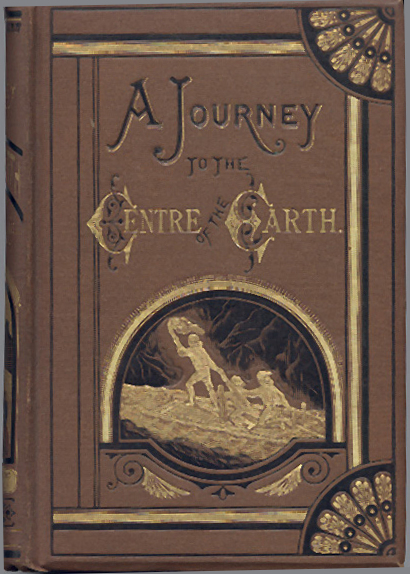Moments after the
Big Bang, the universe contained
hydrogen,
helium, and trace amounts of
lithium. Once stars coalesced,
carbon and
oxygen were produced.
Carbon and oxygen are synthesized when helium burns inside
red giant stars.
Carbon in the universe is traceable to stars
Carbon-based Life
Carbon is the essential ingredient of life-sustaining organic molecules: carbohydrates; proteins; nucleic acids; and lipids.
Carbon allows for bonds that form three-dimensional molecular structures likened to, and modeled by, rings and chains. Such complex molecular structures provide the building blocks of life.
“In three words I can sum up everything I've learned about life: it goes on.”
― Robert Frost
Earth's Carbon
Earth is largely comprised of oxygen and silicon with comparatively little carbon.
Earth exhibits an observable and measurable
carbon cycle analogous to a bookkeeper's columnar ledger of debits and credits. Carbon is exchanged between these reservoirs:
- Biosphere - sum of all ecosystems, or life zone;
- Pedosphere - outermost layer of Earth comprised of soil and soil formation;
- Geosphere - solid parts of Earth including, but not limited to, the lithosphere;
- Hydrosphere - combined mass of water on and under the surface of Earth; and
- Atmosphere - layer of gases surrounding Earth retained by Earth's gravity.
Earth's carbon cycle is a model for the ongoing flows between each of the reservoirs. Some carbon flows are slow (e.g., on the order of hundreds of millions of years), while others are fast:
- Slow Carbon Cycle - Over the span of geologic time (100 - 200 million years), chemical reactions, tectonic events, and volcanic events occur that transfers carbon between rocks, soil, ocean, and atmosphere.
- Fast Carbon Cycle - Plants, and phytoplankton in the ocean, absorb carbon dioxide (CO2) from the atmosphere into their cells via photosynthesis, then return CO2 via cellular respiration and microbial decomposition.
 |
| Fast carbon cycle depicting exchange of carbon between reservoirs |
“Originally, the atoms of carbon from which we’re made were floating in the air, part of a carbon dioxide molecule. The only way to recruit these carbon atoms for the molecules necessary to support life—the carbohydrates, amino acids, proteins, and lipids—is by means of photosynthesis. Using sunlight as a catalyst the green cells of plants combine carbon atoms taken from the air with water and elements drawn from the soil to form the simple organic compounds that stand at the base of every food chain. It is more than a figure of speech to say that plants create life out of thin air.”
― Michael Pollan, The Omnivore's Dilemma: A Natural History of Four Meals
Monitoring Earth's Carbon
NASA will launch the
Orbiting Carbon Observatory-2 satellite in July 2014. It will record atmospheric CO
2 from space. The data will be used to map CO
2 sources and sinks and to provide insight into its variability over seasonal cycles.
You will die but the carbon will not; its career does not end with you. It will return to the soil, and there a plant may take it up again in time, sending it once more on a cycle of plant and animal life.
― Jacob Bronowski
REFERENCES
 Shafts of sunlight, sometimes mythologized as God rays, Ropes of Maui, Jacob's Ladder, or Fingers of God, are atmospheric optics known as crepuscular rays.
Shafts of sunlight, sometimes mythologized as God rays, Ropes of Maui, Jacob's Ladder, or Fingers of God, are atmospheric optics known as crepuscular rays.











